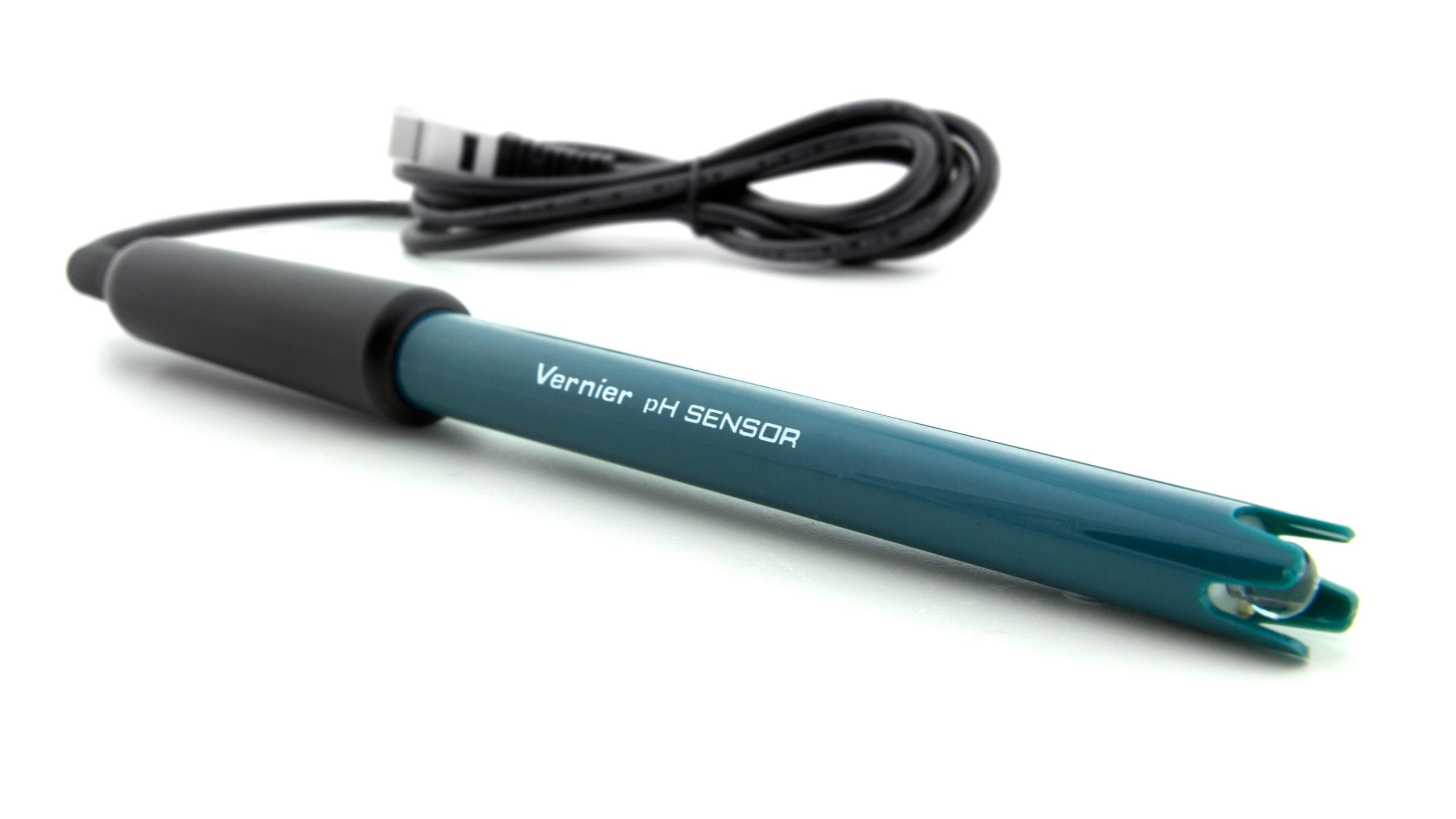Introduction
Water contains both hydrogen ions, H+, and hydroxide ions, OH–. The relative concentrations of these two ions determine the pH value. Water with a pH of 7 has equal concentrations of these two ions and is considered to be a neutral solution. If a solution is acidic, the concentration of H+ ions exceeds that of the OH– ions. In a basic solution, the concentration of OH– ions exceeds that of the H+ ions. On a pH scale of 0 to 14, a value of 0 is the most acidic, and 14 the most basic. A change from pH 7 to pH 8 in a lake or stream represents a ten-fold increase in the OH– ion concentration.
Rainfall generally has a pH value between 5 and 6.5. It is acidic because of dissolved carbon dioxide and air pollutants, such as sulfur dioxide or nitrogen oxides. If the rainwater flows over soil containing hard-water minerals, its pH usually increases. Bicarbonate ions, HCO3–, resulting from limestone deposits react with the water to produce OH– ions, according to the equation:
As a result, streams and lakes are often basic, with pH values between 7 and 8, sometimes as high as 8.5.
The measure of the pH of a body of water is very important as an indication of water quality, because of the sensitivity of aquatic organisms to the pH of their environment. Small changes in pH can endanger many kinds of plants and animals; for example, trout and various kinds of nymphs can only survive in waters between pH 7 and pH 9. If the pH of the waters in which they live is outside of that range, they may not survive or reproduce.
Objectives
- Measure the pH level in a stream or lake using a pH Sensor.
Sensors and Equipment
This experiment features the following sensors and equipment. Additional equipment may be required.
Ready to Experiment?
Ask an Expert
Get answers to your questions about how to teach this experiment with our support team.
- Call toll-free: 888-837-6437
- Chat with Us
- Email support@vernier.com
Purchase the Lab Book
This experiment is #2 of Water Quality with Vernier. The experiment in the book includes student instructions as well as instructor information for set up, helpful hints, and sample graphs and data.


